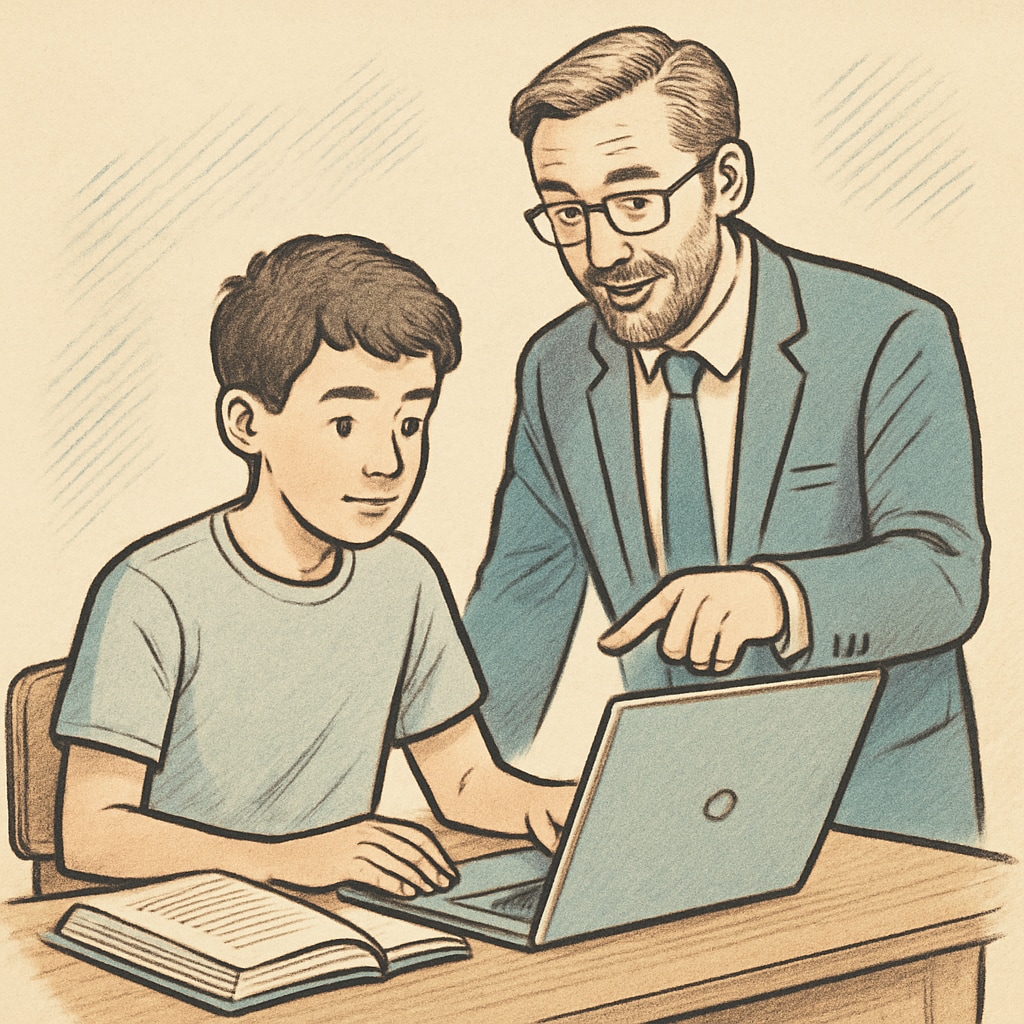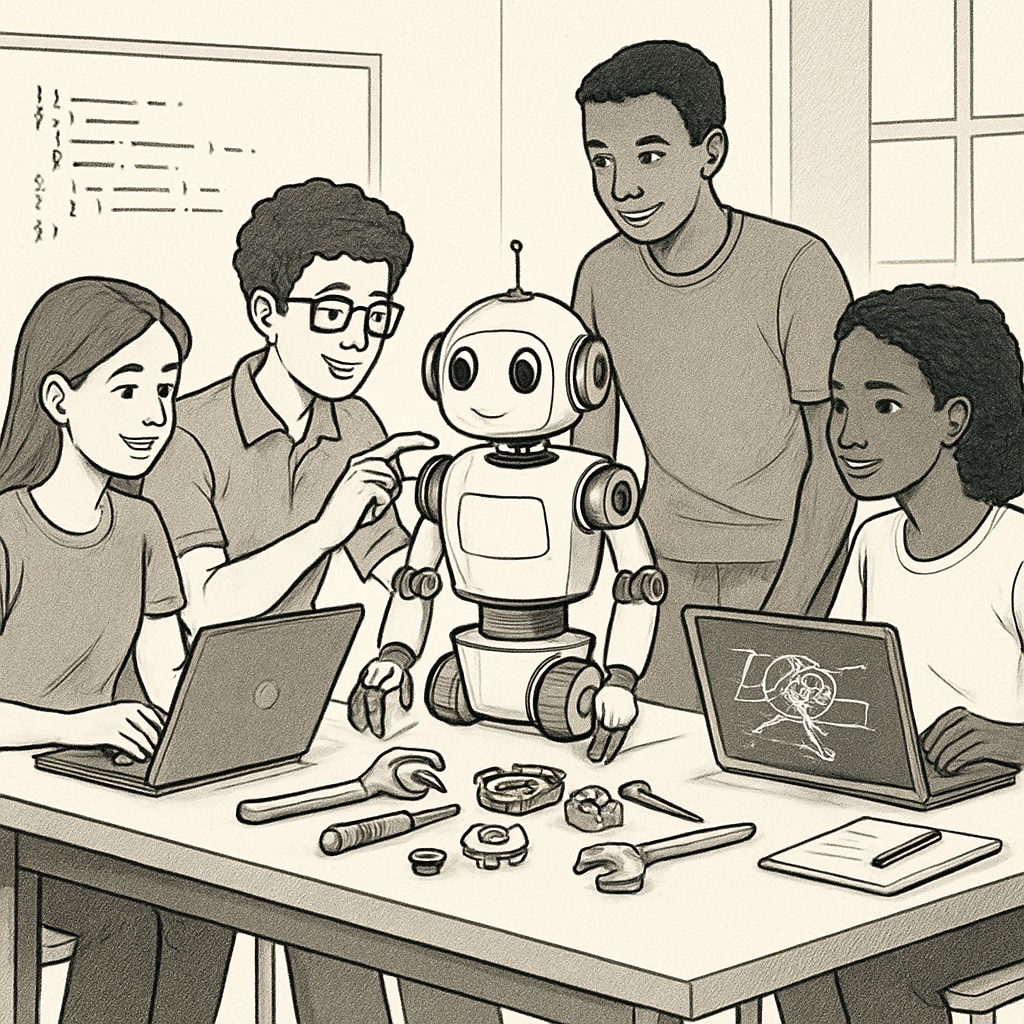In an era dominated by artificial intelligence (AI), teens often grapple with career choices, particularly when deciding between roles like “programmer” or “engineer.” The rapid advancements in AI have sparked both curiosity and fear among the younger generation. They wonder: Are these professions still relevant? Will AI take over these jobs? This article dives deep into the essence of these careers, the influence of AI, and provides actionable advice for teens navigating their future.
Understanding the Difference Between Programmers and Engineers
While the terms “programmer” and “engineer” are often used interchangeably, they represent distinct roles in the tech world:
- Programmers: These professionals focus on writing, debugging, and maintaining code. They use programming languages like Python, Java, or C++ to develop software applications.
- Engineers: Engineers, on the other hand, take a broader approach. While they often code, their responsibilities also include designing systems, optimizing processes, and ensuring scalability. They blend technical skills with problem-solving and project management.
Understanding these differences is vital for teens as they evaluate their interests and strengths. For instance, a teen passionate about solving complex problems might lean toward engineering, while someone who enjoys crafting specific algorithms might prefer programming.

How AI is Reshaping Programming and Engineering
AI is undeniably transforming both professions, but how exactly?
- For Programmers: AI tools like GitHub Copilot assist in writing code, automating repetitive tasks, and debugging. However, creativity and problem-solving remain uniquely human traits, ensuring programmers are still indispensable.
- For Engineers: AI facilitates tasks like system optimization, data analysis, and even predictive maintenance. Yet, the strategic and ethical decisions tied to engineering remain beyond AI’s current capabilities.
Rather than replacing these roles, AI augments them, empowering professionals to focus on higher-level tasks. For example, an engineer might use AI to simulate designs, but they still need to interpret results and make final decisions.
Guiding Teens Toward Informed Career Choices
Given the evolving landscape, how can teens make wise career decisions? Here are some actionable tips:
- Self-Assessment: Encourage teens to evaluate their interests, strengths, and values. Do they enjoy logic and coding, or are they drawn to big-picture problem-solving?
- Explore Both Fields: Teens can explore free online resources like Khan Academy or Coursera to gain hands-on experience in programming and engineering concepts.
- Stay Adaptable: AI is evolving, and so are career paths. Teens should focus on developing transferable skills like critical thinking, communication, and lifelong learning.
- Seek Mentorship: Connecting with professionals offers real-world insights. Platforms like LinkedIn can help teens find mentors in their areas of interest.
These steps not only help teens clarify their career goals but also equip them to adapt to technological advancements, including AI.

The Bigger Picture: Beyond Programmers and Engineers
It’s also essential to break the misconception that tech careers are limited to programming and engineering. AI has created opportunities in various fields, including:
- AI Ethics: Addressing the moral implications of AI applications.
- Data Science: Analyzing and interpreting complex datasets.
- User Experience Design: Enhancing the interaction between humans and technology.
Encouraging teens to explore these diverse options helps them see the broader possibilities within the AI-driven world.
In conclusion, while AI influences programming and engineering, these professions remain vital. By understanding their distinctions, staying curious, and embracing adaptability, teens can thrive in this dynamic era. The future isn’t about competing with AI; it’s about collaborating and innovating alongside it.
Readability guidance: This article uses concise paragraphs, clear subheadings, and lists to enhance readability. Transition words like “however,” “in addition,” and “for example” ensure smooth flow. Teens and parents can revisit this guide for practical steps toward informed career planning.


